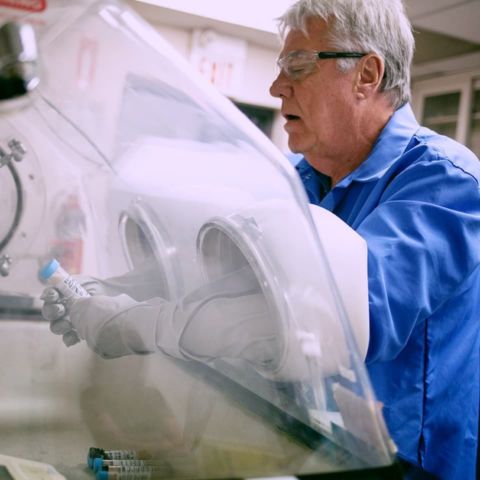Refining
Refineries use molecular sieve units to treat various gas and liquid hydrocarbon streams requiring purification to meet product specifications, prevent equipment corrosion and damage, protect catalyst units and prevent freezing in the plant. Processes where the molecular sieve units are found include isomerization units (C4 and C5), hydrogen (PSA and TSA, for catalytic units, general use, recycle streams), alkylation units (HF alkylation), recovery streams (LERU, offgas) and iso-normal separation (C4 and C5).
For general purpose drying, a 3A or 4A sieve is often used depending upon the type and level of olefins in the stream. 5A or 13X molecular sieves are often used for stream purification where removal of sulfur, oxygenates, CO2 and CO is required.
Zeochem’s 13X molecular sieve is typically used to remove sulfur and oxygenate impurities. Isomerization units, which convert straight-chain hydrocarbons to branched-chain hydrocarbons that have higher octane value for gasoline blending or for feed to alkylation units, require an upstream molecular sieve for catalyst protection.
